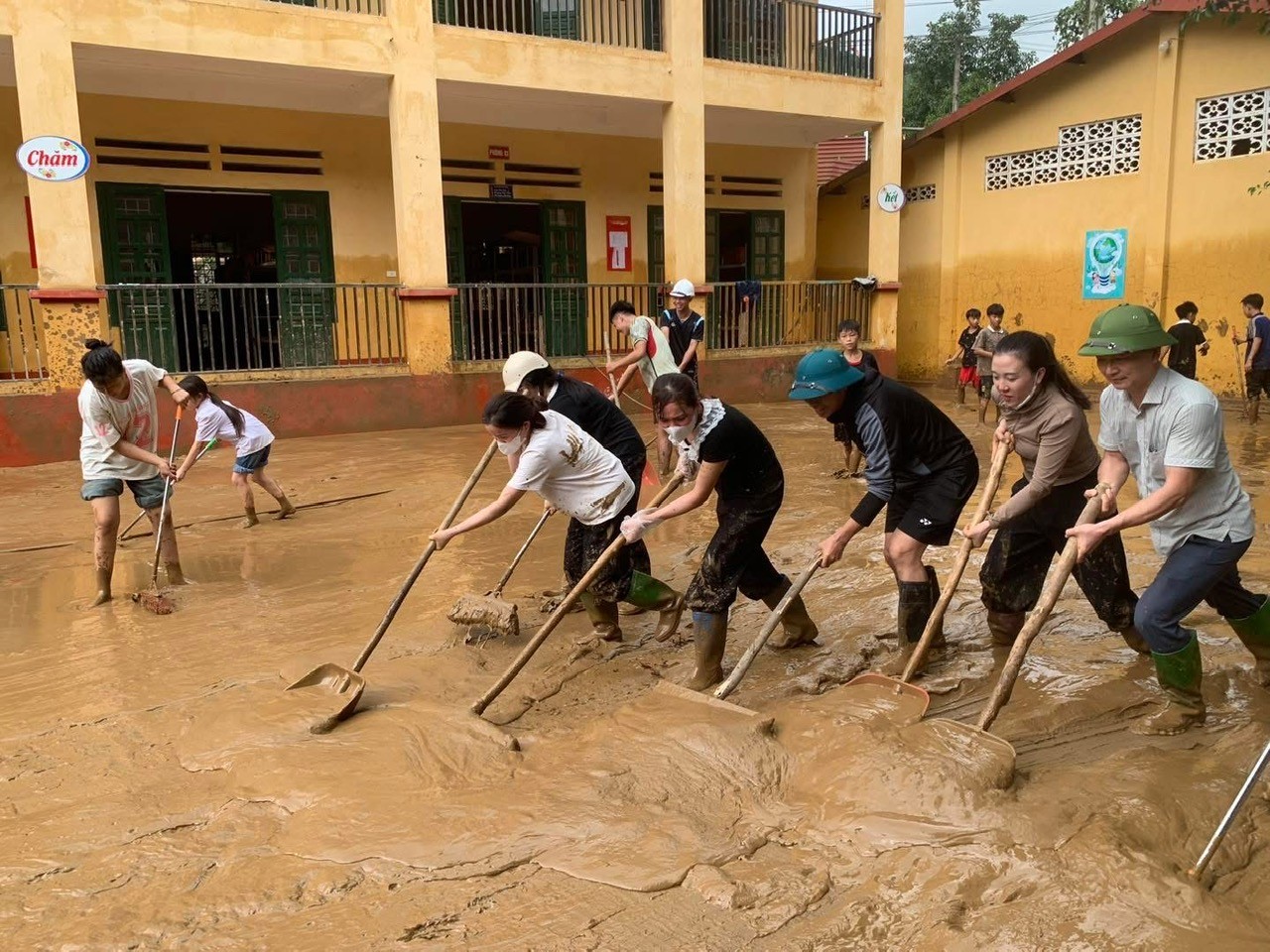
Clean up as the water recedes.
After the floodwaters receded, the first image that appeared was not only ruined houses and muddy roads, but also a huge amount of waste, from animal carcasses, mud, construction waste to broken household items and accumulated household waste...
Yen Bai Ward is a heavily affected area with nearly 2,000 houses submerged in floodwaters. With experience in dealing with floods many times, wherever the water recedes, the local people quickly scoop up the mud, pushing the mud and soil away with the water. The Ward also mobilized maximum forces with the people to launch a large-scale clean-up and garbage collection campaign.
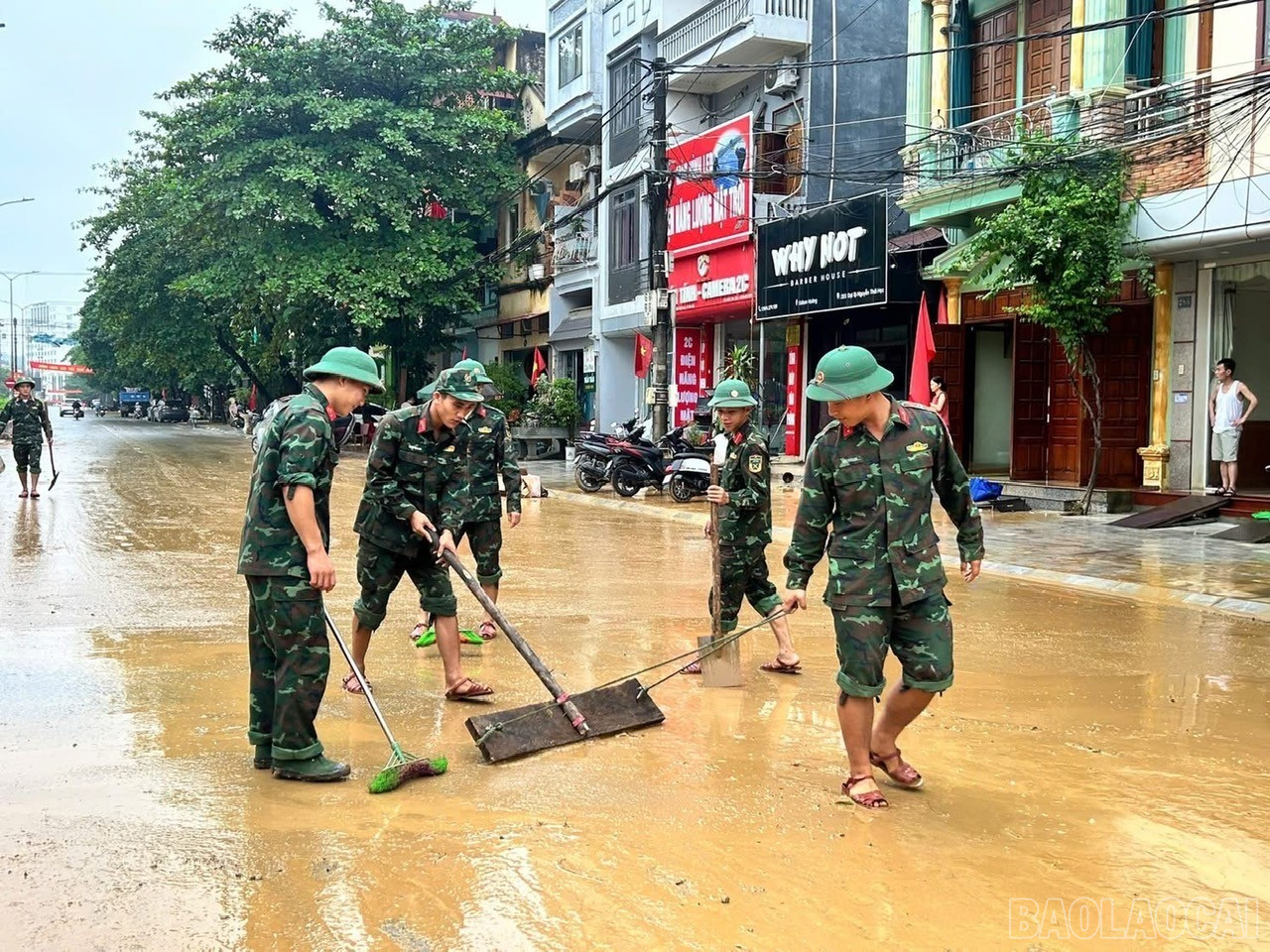
Garbage is gathered at convenient locations for collection and treatment. 3 environmental sanitation companies including Yen Bai Urban Construction and Environment Joint Stock Company, Nam Thanh Yen Bai Environment and Energy Joint Stock Company, Dong Do Urban Construction and Investment Joint Stock Company have mobilized hundreds of human resources and vehicles, operating at full capacity to clear mud, wash roads, and collect and treat waste.
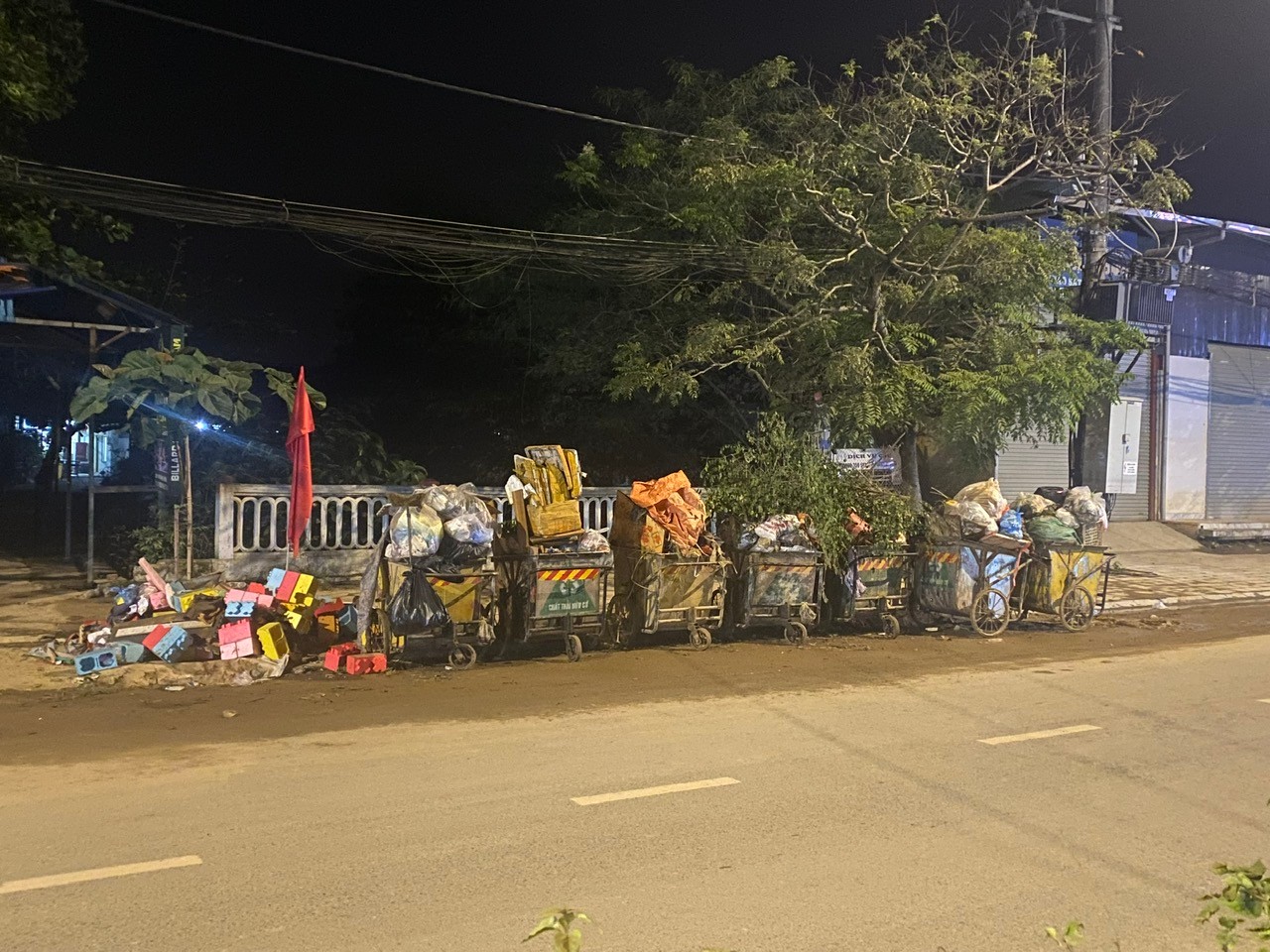
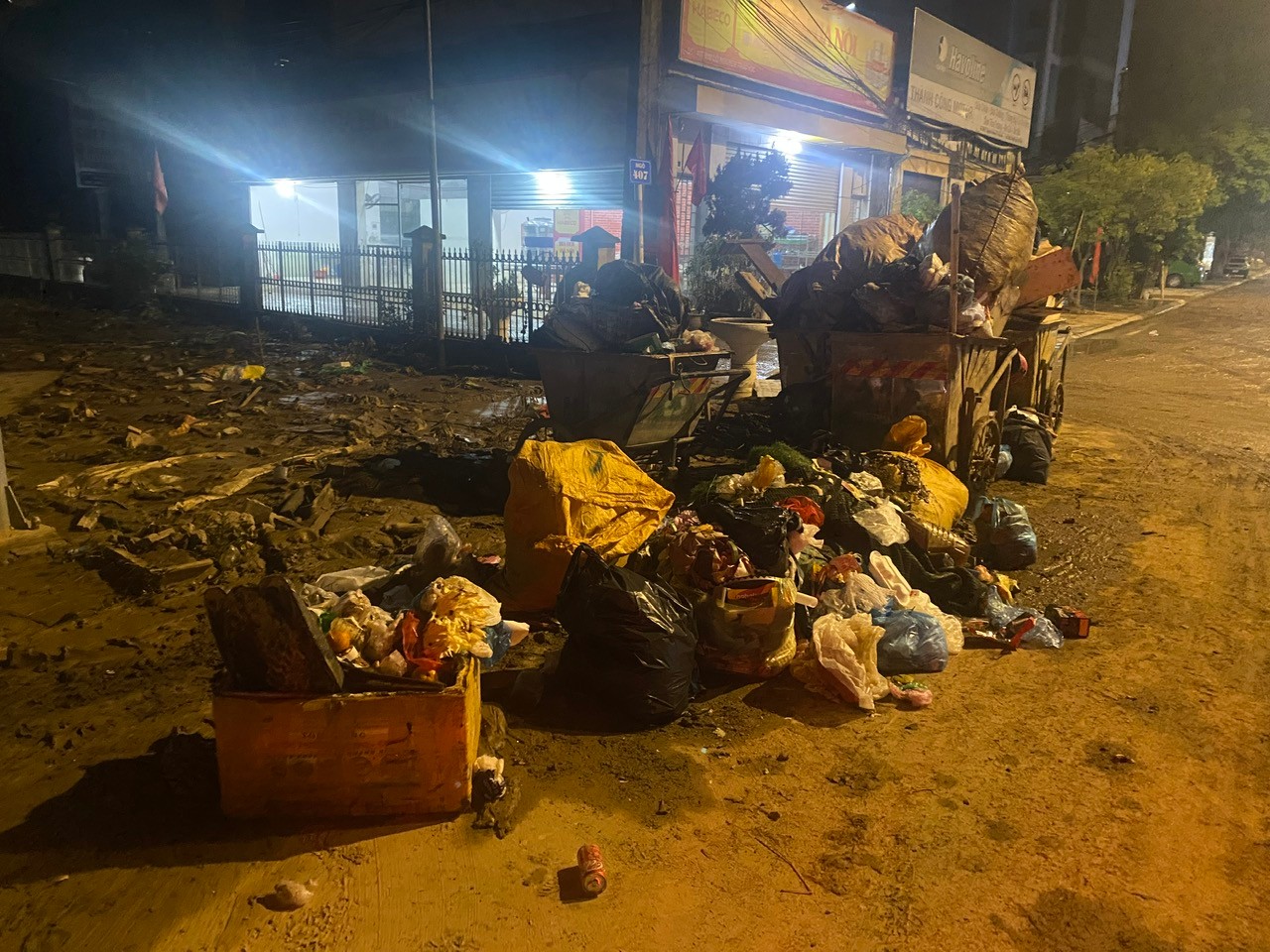
The ward has also assigned specific tasks and areas of operation to each unit, avoiding overlap, ensuring that all roads affected by storms and floods are cleaned and the amount of waste generated is thoroughly treated.
Ms. Le Thi Hanh - Deputy Director of Nam Thanh Yen Bai Environment and Energy Joint Stock Company said: Implementing the general cleaning plan after storm No. 10 of Yen Bai Ward People's Committee and wards in the area, the Company has focused all human resources, about 200 workers, divided into 2 shifts to work continuously with the method of cleaning up trash as soon as possible.
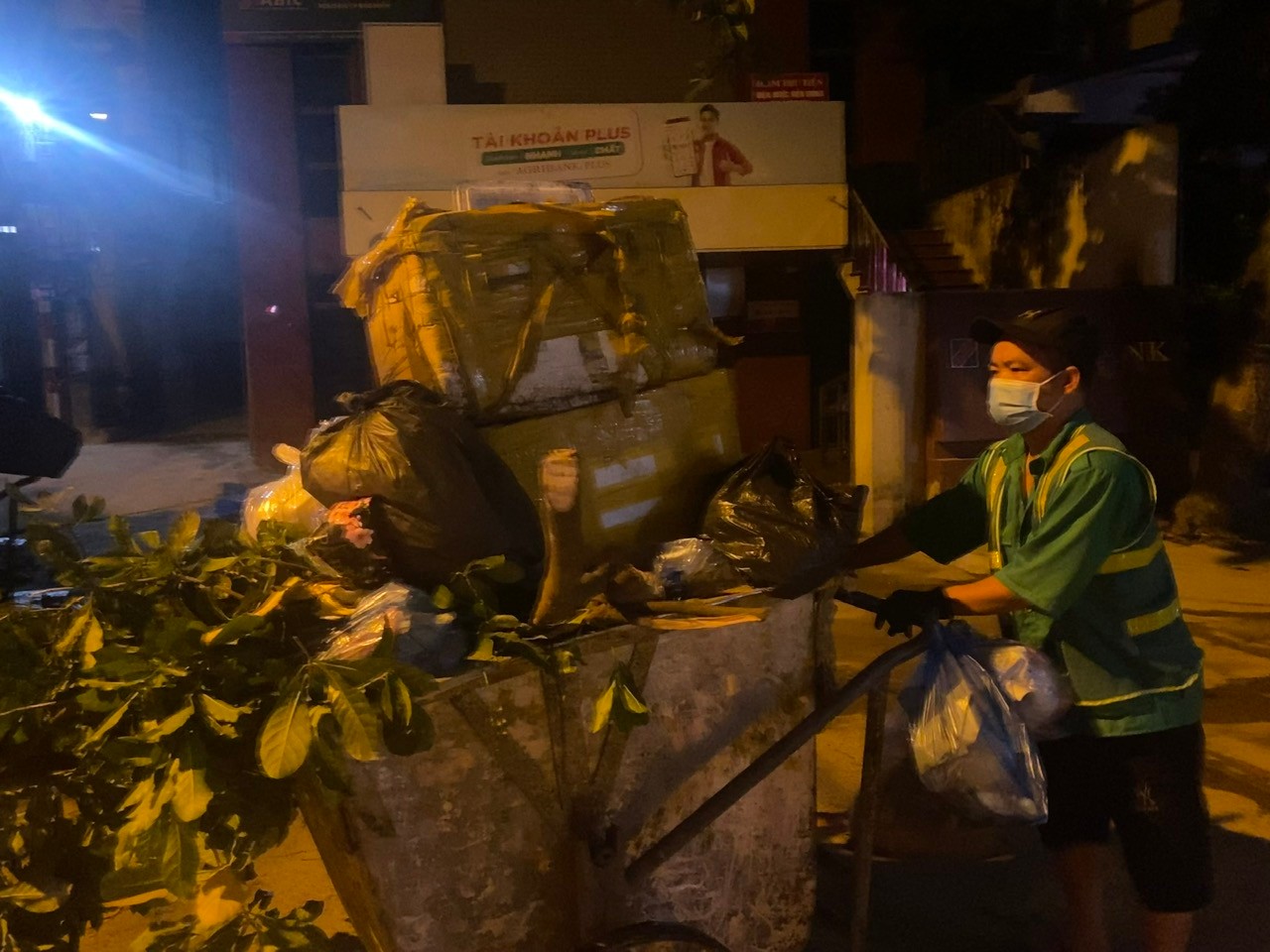
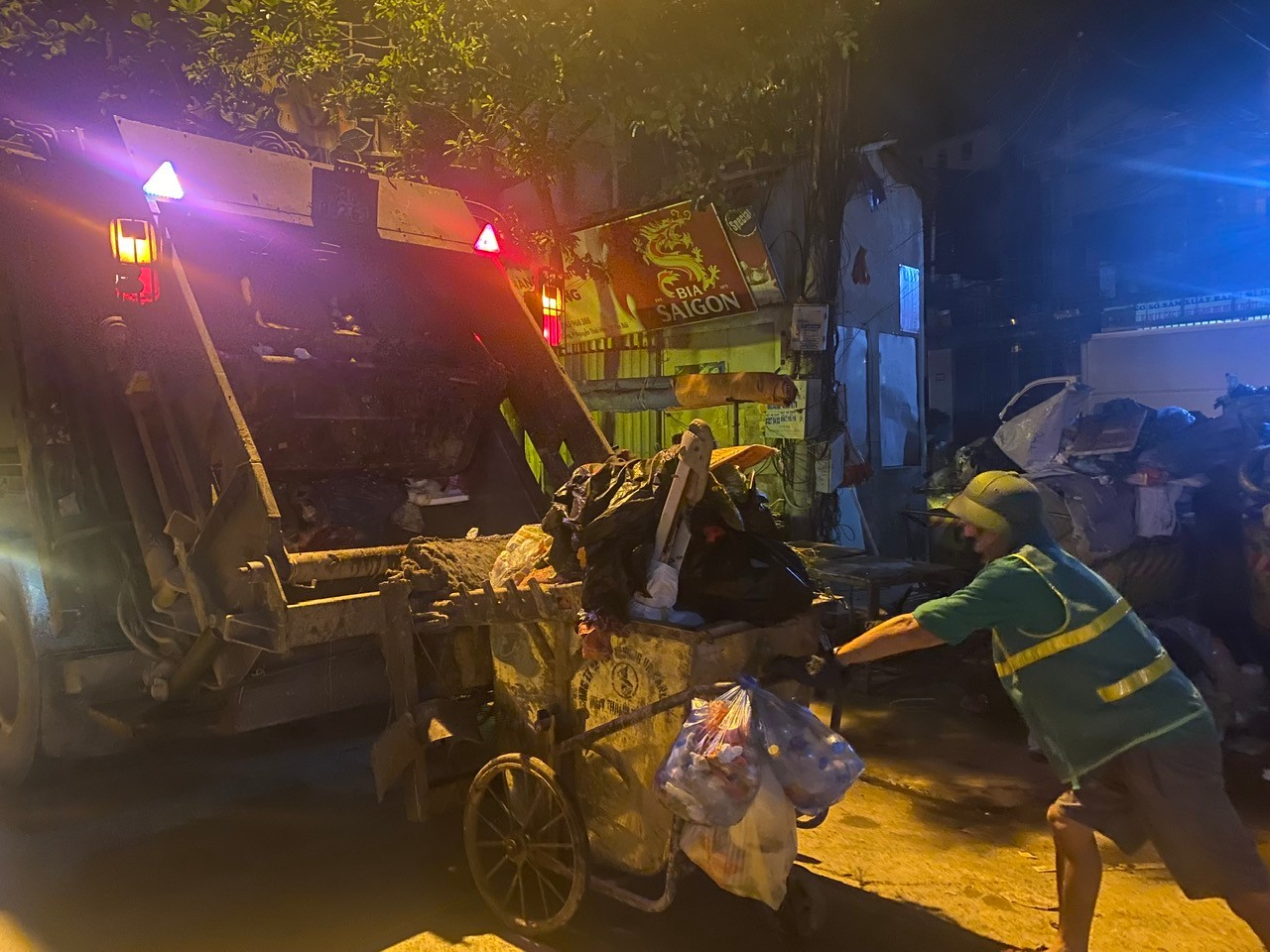
Along with that, 4 specialized garbage compactors, 2 wheel loaders, 3 7-ton dump trucks, 1 vacuum cleaner, 1 street washer operate regularly and continuously to urgently collect garbage on the roads and alleys in flooded areas with the highest determination, bringing back green, clean and beautiful roads. The company also provides timely nutrition, milk and drinking water to workers, arranges shift meals, contributing to ensuring the health of human resources when working continuously.
The flood receded, the sun rose, and mountains of garbage piled up on many streets. Despite the dust, the strong smell of mud and garbage, and the fatigue caused by the high intensity of work, the sanitation workers still worked tirelessly to promptly clean up and collect garbage to help clear the streets and sidewalks, serving the people to travel conveniently, without the foul smell of dirt left by the flood.
Not only in urban areas, rural areas are flooded, local authorities are also urgently implementing environmental sanitation, considering this an important step to protect people's health.
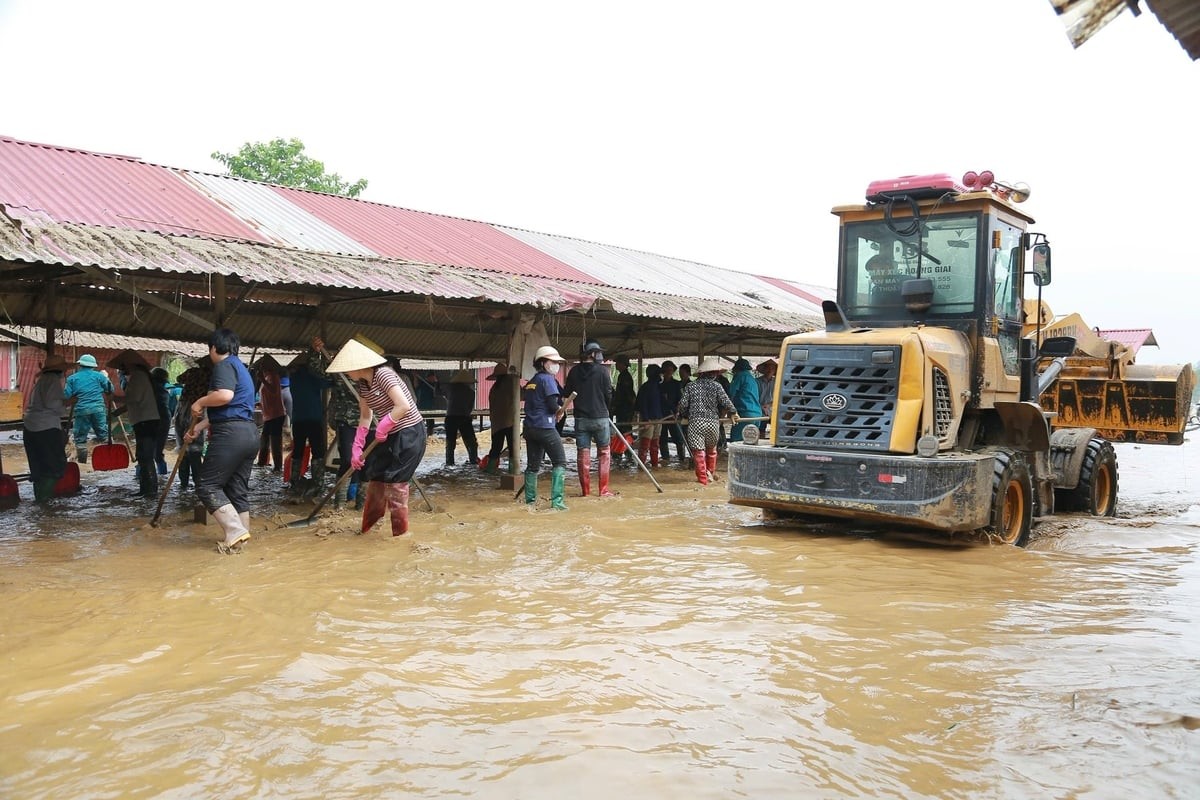
Mr. Do Van Thanh - Chairman of Phong Du Ha Commune People's Committee said:
“The circulation of storm No. 10 caused more than 50 houses to be flooded. As soon as the water receded, the commune mobilized local forces including police, militia, officials and local people to help people clean up their houses, mud and garbage. All garbage was gathered at the commune's landfill, awaiting treatment. The commune also directed the Regional General Clinic and the Commune Health Station to organize inspections, provide guidance and distribute chemicals to treat domestic water sources for people, and spray disinfectants to purify the environment.”
Determined not to let the epidemic break out
From the provincial to the communal level, the message of "No outbreaks of disease after natural disasters" has been widely spread. Detailed guidance documents on key tasks after storms and floods, including: treatment of domestic water sources, thorough treatment of waste and sludge, public sanitation and close monitoring of infectious diseases, have been deployed.
The health sector has increased propaganda on water disinfection, environmental sanitation and waste treatment through media, loudspeakers, fanpages, zalo groups in residential areas, neighborhood groups... so that people can proactively implement them.
Mobile epidemic prevention teams were established, equipped with sprayers, chemicals, pumps, generators, etc. and quickly went down to support heavily affected areas.
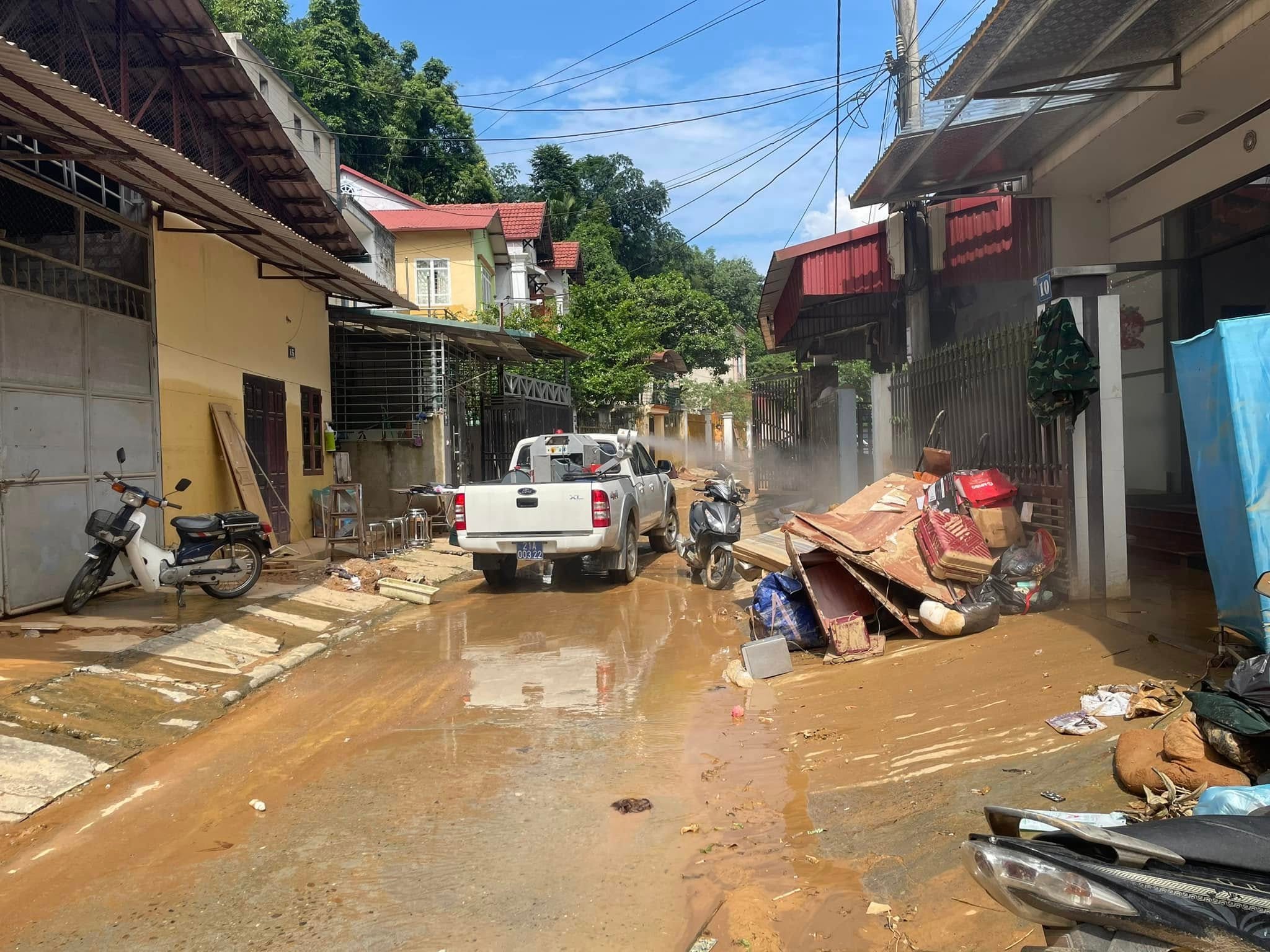
Medical units have proactively stockpiled necessary supplies and chemicals for disaster and epidemic prevention. When localities are affected, units promptly use available reserves to treat the environment and domestic water sources.
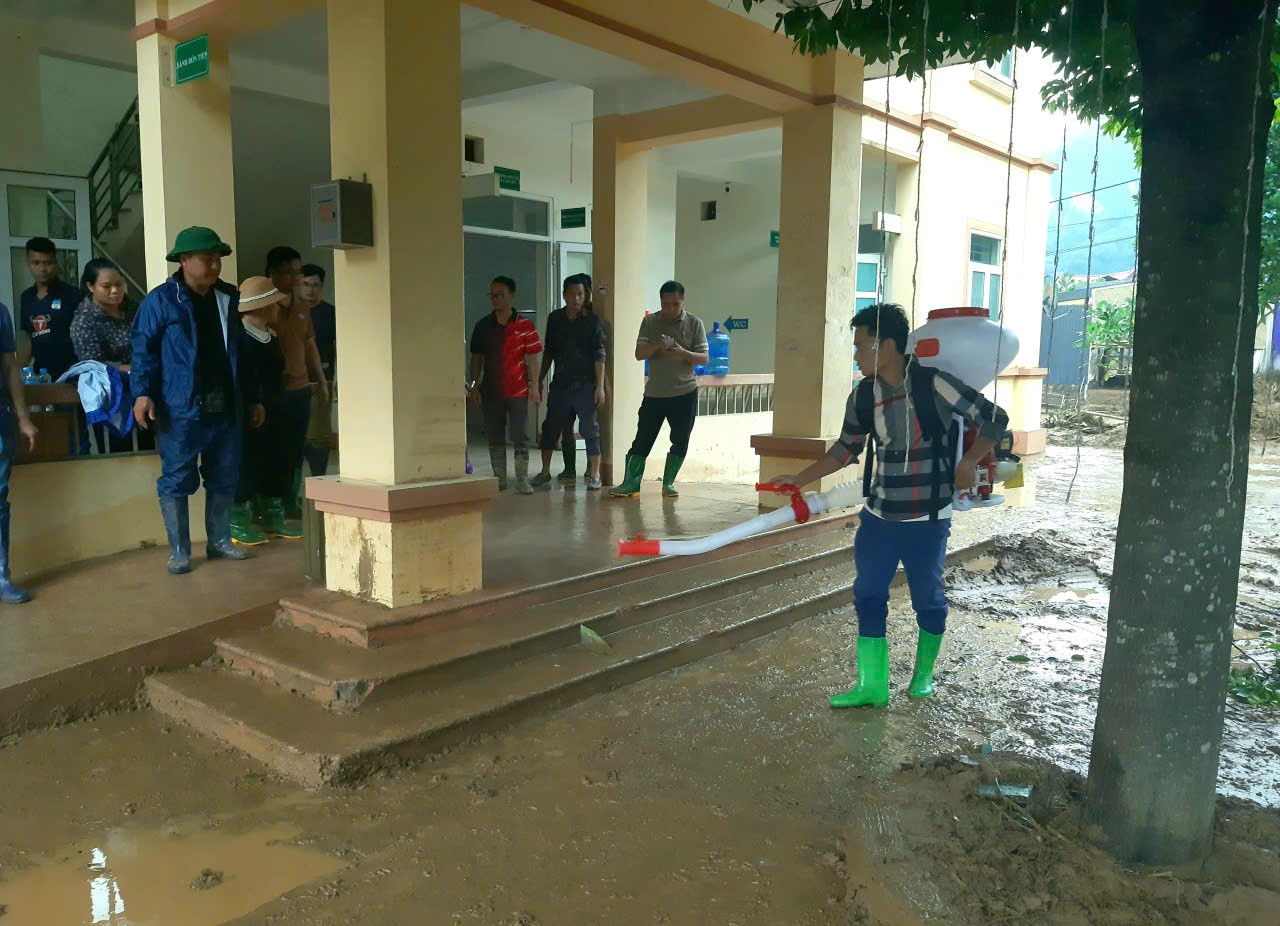
Grassroots medical staff and commune officials quickly reached villages and hamlets, reaching each family in deeply flooded areas, even though they had to walk across muddy roads.
Here, they instruct people on how to treat domestic water sources with Cloramin B, Aquatabs tablets or boil before use; recommend people to proactively clean the environment, not let water stagnate, and take measures to kill bacteria. mosquitoes, larvae/wigglers, wash hands regularly with soap, eat cooked food, boil water...
Mr. Lai Manh Hung - Deputy Director of the Provincial Center for Disease Control said: "In case of exceeding the response capacity, regional medical centers and commune health stations will report the need to the Provincial Center for Disease Control and the Department of Health for additional distribution, ensuring that the recovery work is not interrupted."
As of October 2, 2025, the Provincial Center for Disease Control has provided an additional 3,420 Aquatab tablets, 25 kg of PAC, 1 liter of Permethrin to Tran Yen Regional Medical Center and Viet Hong Commune Health Station, and arranged 1 vaccine storage cabinet for Viet Hong Commune Health Station.
In addition, the Center has urgently distributed Cloramin B disinfectant and personal protective equipment to regional medical centers in need. The distribution is based on the extent of damage and actual needs, with priority given to severely affected localities with a high risk of outbreaks.
Up to now, the whole province has basically completed the collection, treatment of domestic waste and environmental disinfection in flooded areas. Hundreds of wells and centralized water supply works have been disinfected, ensuring safe use.
Epidemiological surveillance is being carried out regularly and closely. To date, no dangerous outbreaks have been recorded after storms and floods. Some high-risk infectious diseases such as diarrhea, dengue fever, respiratory diseases, and skin diseases are being closely monitored and have not shown any unusual developments.
Lao Cai people are gradually returning to their normal lives. Although the work of overcoming the consequences and life will still face many difficulties, but with the solidarity of the entire political system and the entire people, many areas in Lao Cai have gradually recovered and continued to revive after the storm and flood.
Source: https://baolaocai.vn/tap-trung-lam-sach-moi-truong-sau-lu-post883623.html



![[Photo] General Secretary To Lam attends the 8th Congress of the Central Public Security Party Committee](https://vphoto.vietnam.vn/thumb/1200x675/vietnam/resource/IMAGE/2025/10/4/79fadf490f674dc483794f2d955f6045)

![[Infographic] Notable numbers after 3 months of "reorganizing the country"](https://vphoto.vietnam.vn/thumb/1200x675/vietnam/resource/IMAGE/2025/10/4/ce8bb72c722348e09e942d04f0dd9729)





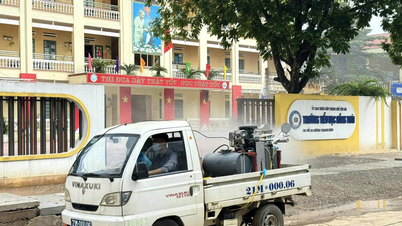
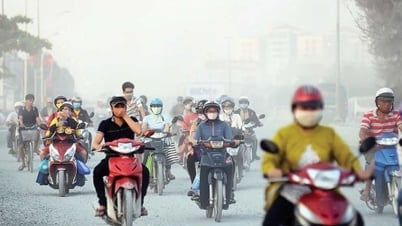




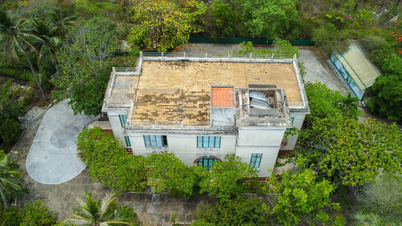

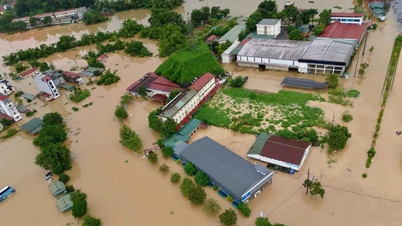
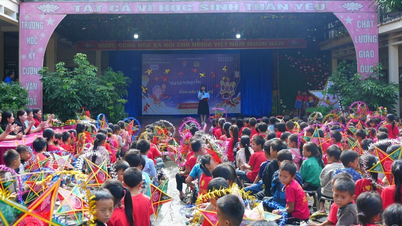




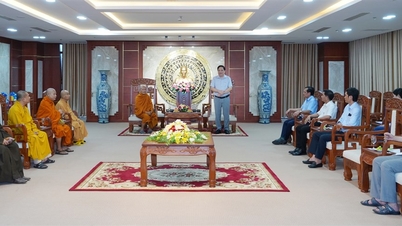





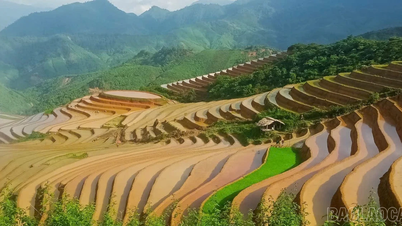
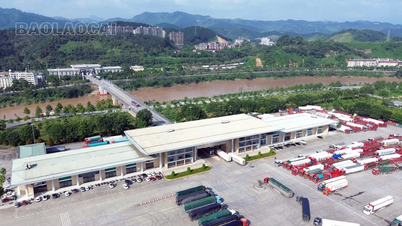
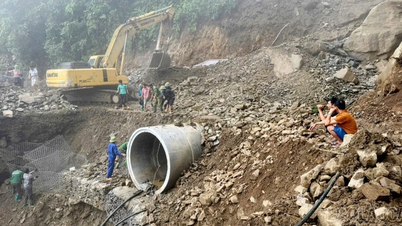
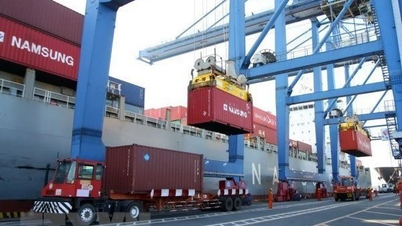

![[Photo] Prime Minister Pham Minh Chinh chairs meeting to deploy overcoming consequences of storm No. 10](https://vphoto.vietnam.vn/thumb/1200x675/vietnam/resource/IMAGE/2025/10/3/544f420dcc844463898fcbef46247d16)
![[Photo] Students of Binh Minh Primary School enjoy the full moon festival, receiving the joys of childhood](https://vphoto.vietnam.vn/thumb/1200x675/vietnam/resource/IMAGE/2025/10/3/8cf8abef22fe4471be400a818912cb85)













































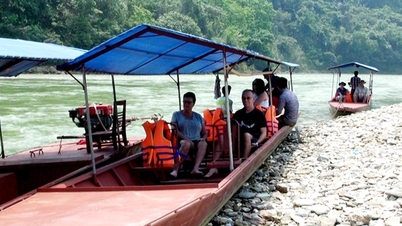


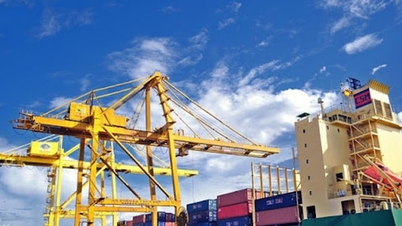

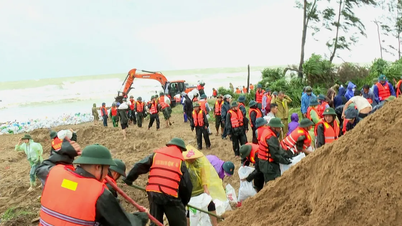


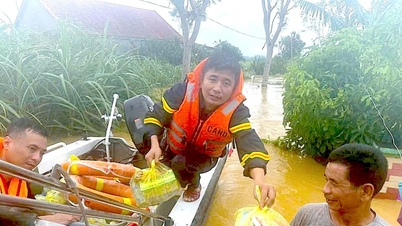


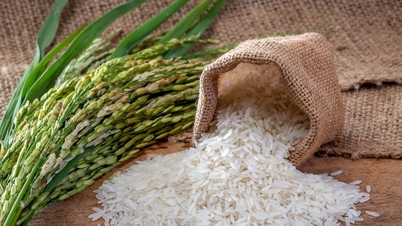











Comment (0)